Over recent years, catfish have been a popular target for many anglers. To help increase your chances of catching a catfish on your next trip, we’ve curated a list of some of our best tips, including determining which rod is best for the job.
Let’s learn how to catch a catfish: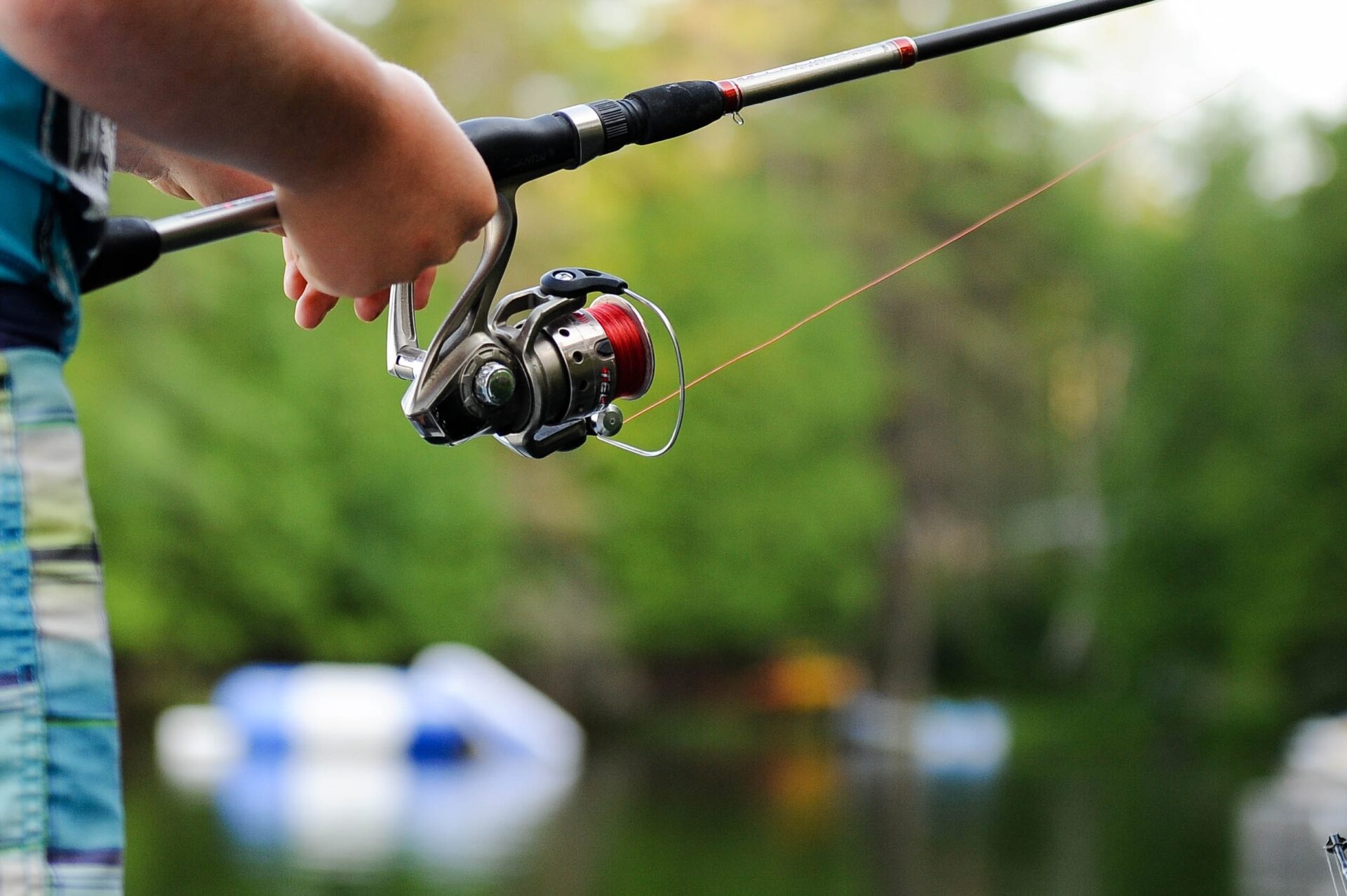
Where to Catch a Catfish
Catfish can survive in many different water systems. From shallow warm waters, to fast flowing rivers, you will be able to find catfish thriving. During the day, catfish like to swim around in muddy water areas. You can find them hanging out in deep structures such as river bends, the base of drop-offs, and deep holes.
Surprisingly, your chances of catching a catfish increase in the evening. During the night, catfish will use their heightened sense of smell and taste and their whiskers to locate their food. So their chances of biting your line are a lot higher.
Choosing the Right Rod
Because catfish range in sizes, you’re going to have to plan where you are fishing before committing to a rod. If you are fishing in waters where the average catfish is about 20 pounds, but there could be a high chance of catching a fish that’s heavier (about 40-60 lbs.), then choose a medium heavy rod.
Suppose you are fishing on a body of water where most catfish can average between 80-100 lbs. Then, you’ll want to choose a heavier rod.
On the other end of the spectrum, if you are fishing in a river where the average catfish is about nine or ten pounds, but you still have a great chance of catching a fish that is about 20-25 lbs. You’ll need a rod with some sensitivity. Your rod should be sensitive enough at the tip to determine when a fish is nibbling at the bait.
Choosing Your Hook
Choosing the right rod is the most important part of increasing your chances of catching a catfish. Once you know the weight of the catfish you’re aiming to catch and have selected your rod, it’s time to find your hook.
There are quite a few great hook options for you to choose from, but we suggest the following to start:
- Circle Hooks
- Jig Head
- Float Rig
If you’re ready to give catfishing a try, make sure you set yourself up for success and get your gear from Signature Fishing Rods. We have new affordable and reliable fishing rods, fishing reels, and lures that will help you reel in a catfish. Give us a call at 630-234-6214 with any questions!

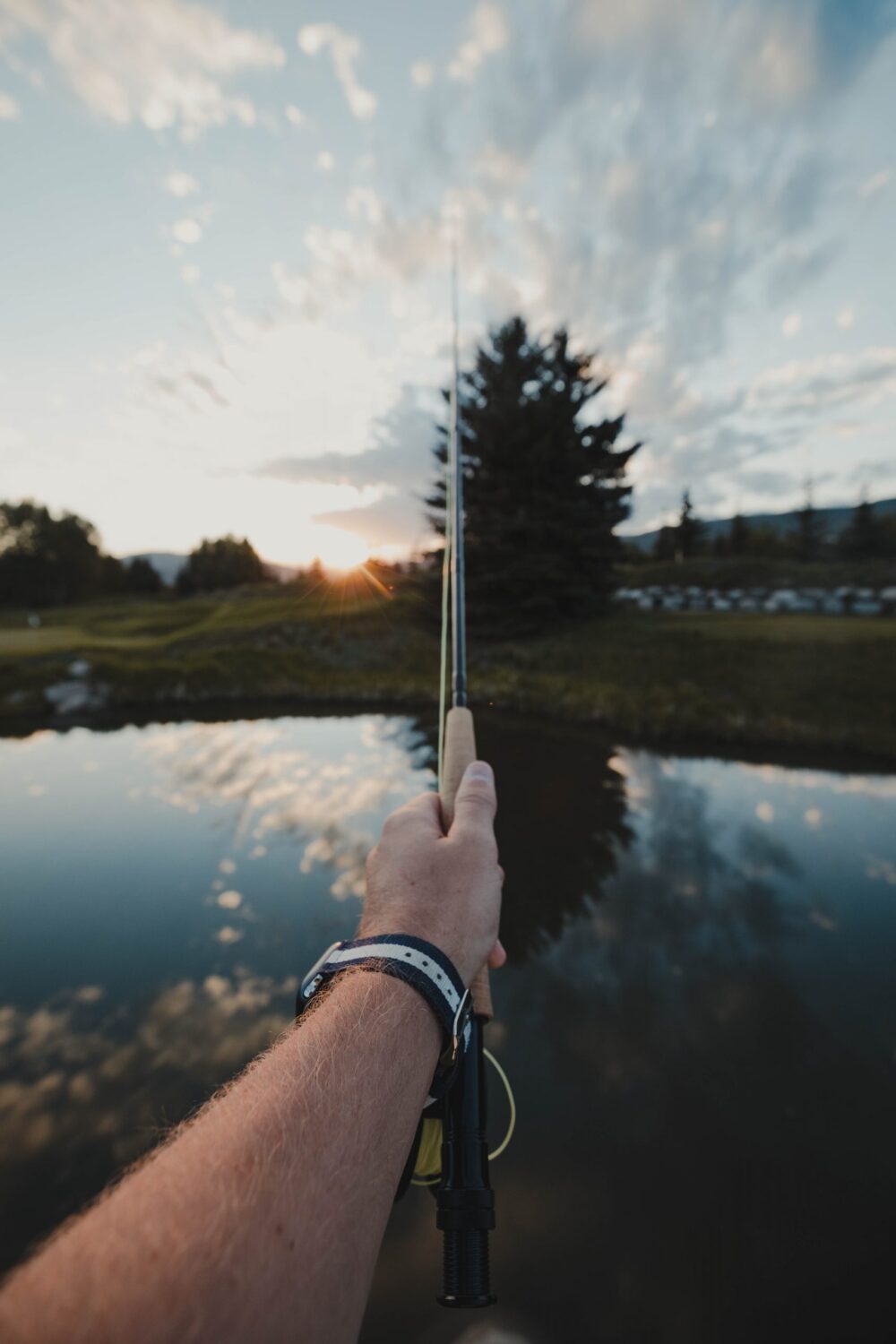
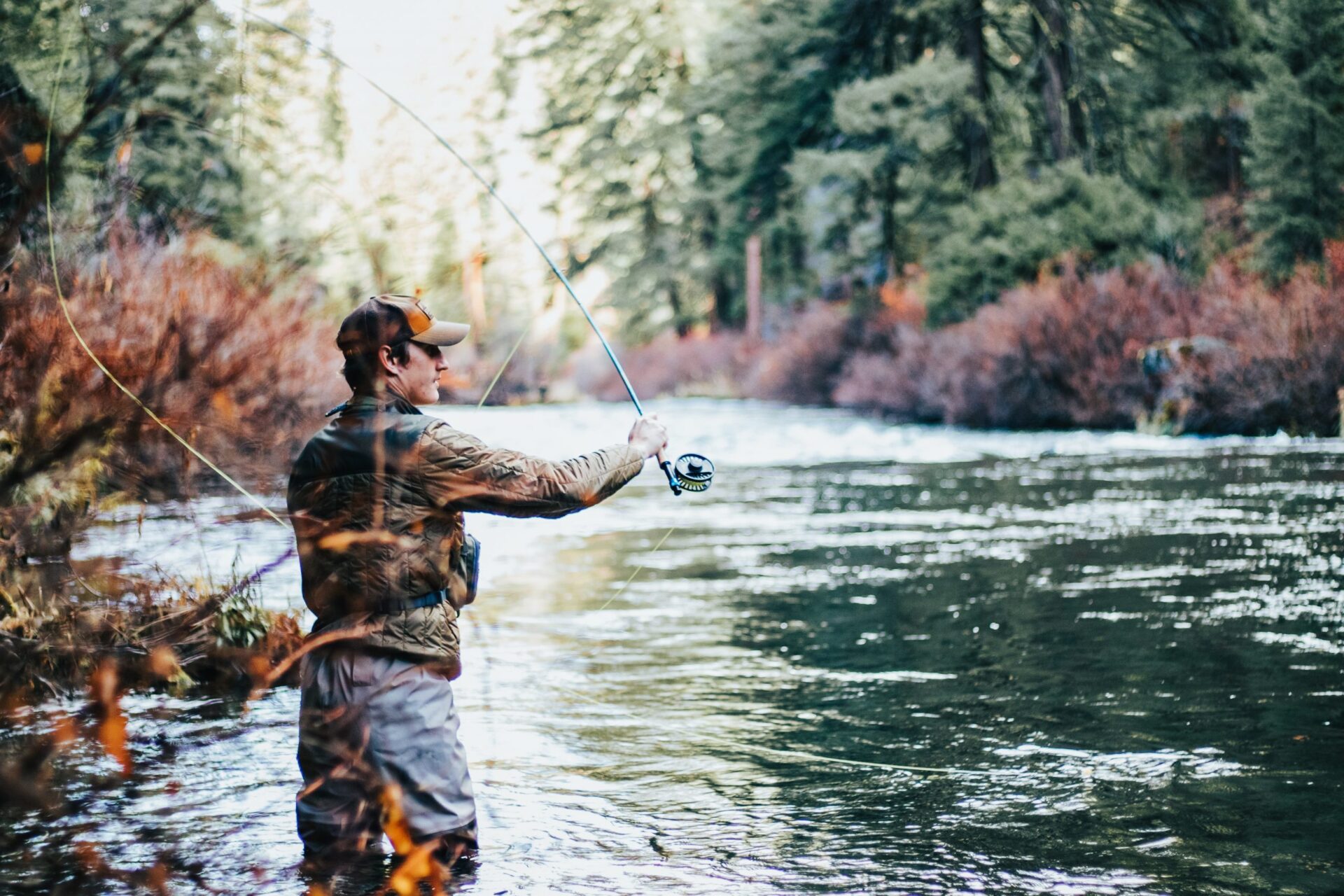
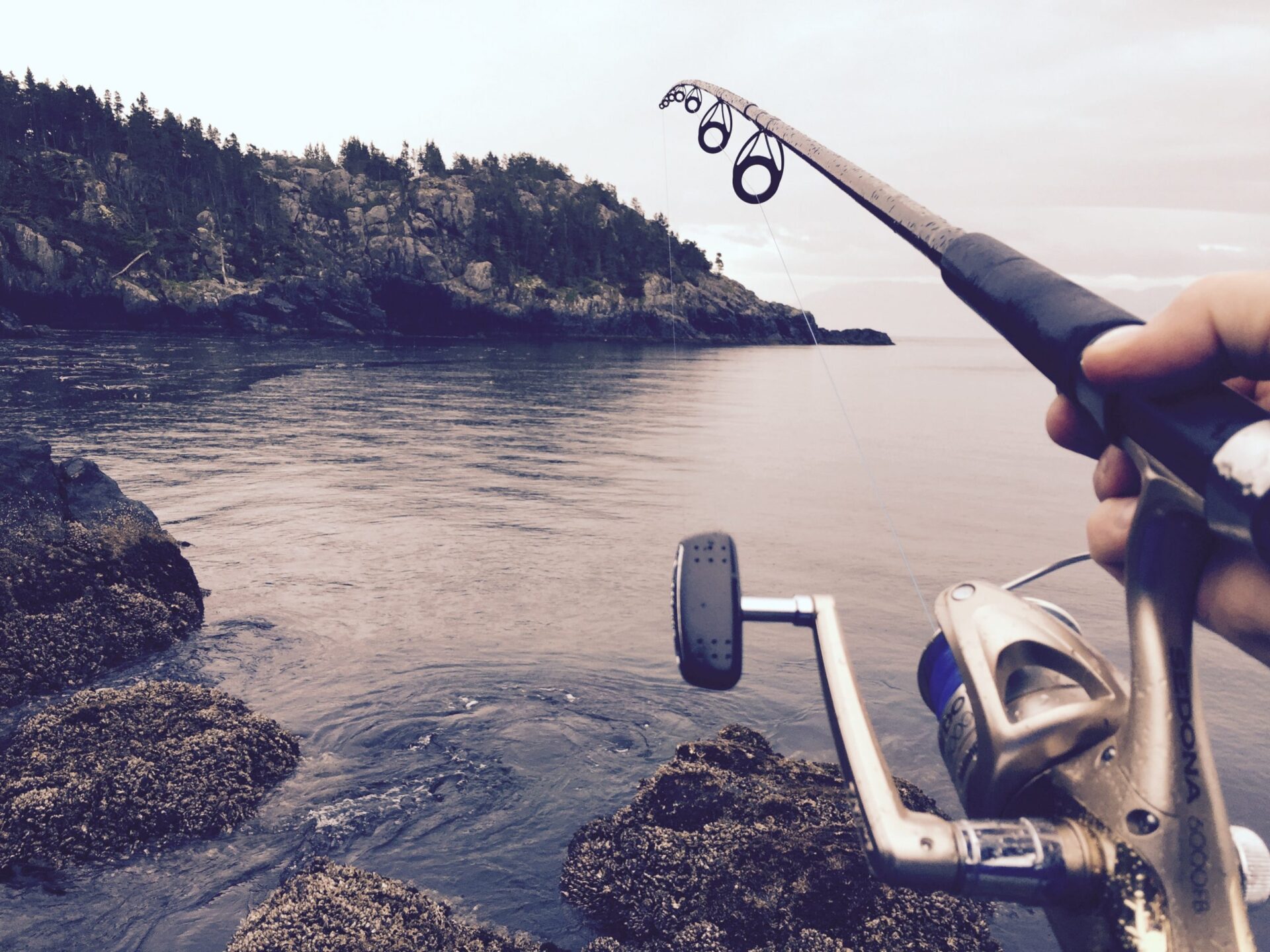
 I am like anyone else and use a variety of baits, lures and techniques. If a fish hits a lure, I generally react appropriately. At first, using live bait did not go as well as hoped. Relying on Lindy Rigs or bottom bouncers in swallow or deep water, in holes or up against rocks, I did fine as long as fish hit hard. The problem was the soft or light hits. I could not feel them and only realized I missed something when I reeled in to check my bait.
I am like anyone else and use a variety of baits, lures and techniques. If a fish hits a lure, I generally react appropriately. At first, using live bait did not go as well as hoped. Relying on Lindy Rigs or bottom bouncers in swallow or deep water, in holes or up against rocks, I did fine as long as fish hit hard. The problem was the soft or light hits. I could not feel them and only realized I missed something when I reeled in to check my bait.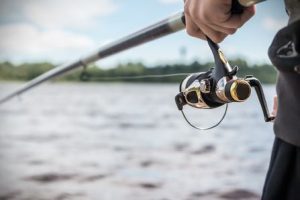 Whether you’re an occasional fisherman with one fishing rod or an experienced fisherman with 20 of them, you should make sure you maintain each and every rod you use. It will extend the life of it and ensure that it delivers optimum performance when you’re out on the water. Here are some maintenance steps to take to keep your fishing rod in like new condition.
Whether you’re an occasional fisherman with one fishing rod or an experienced fisherman with 20 of them, you should make sure you maintain each and every rod you use. It will extend the life of it and ensure that it delivers optimum performance when you’re out on the water. Here are some maintenance steps to take to keep your fishing rod in like new condition.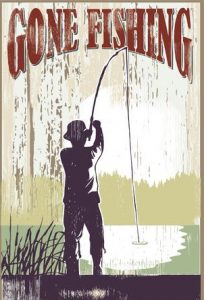 Fishing has become one of the most popular outdoor activities in the U.S. over the course of time. As of right now, there
Fishing has become one of the most popular outdoor activities in the U.S. over the course of time. As of right now, there 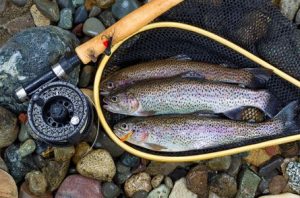 Being left-handed can be tough. About 90 percent of Americans are right-handed, and as a result, most products are manufactured with right-handed people in mind. Scissors, computer mice, and other things that people use on a daily basis are better suited for those who use their right hands than those who use their left hands. And even when things are made for lefties, they can be hard to find in certain instances.
Being left-handed can be tough. About 90 percent of Americans are right-handed, and as a result, most products are manufactured with right-handed people in mind. Scissors, computer mice, and other things that people use on a daily basis are better suited for those who use their right hands than those who use their left hands. And even when things are made for lefties, they can be hard to find in certain instances.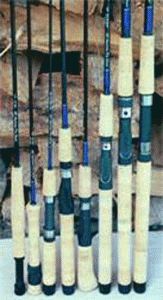 Purchasing a new fishing pole is an important investment. Those who love to fish will often spend a decent amount of money replacing their existing pole with one that will work best for them. Before you decide to pull the trigger on a new fishing pole, you should take the time to consider a few factors. Check out some things you
Purchasing a new fishing pole is an important investment. Those who love to fish will often spend a decent amount of money replacing their existing pole with one that will work best for them. Before you decide to pull the trigger on a new fishing pole, you should take the time to consider a few factors. Check out some things you 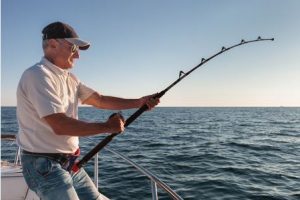 Does it feel like you’ve fallen into a rut when it comes to fishing? It can, unfortunately, be very easy to get stuck in place and feel like you’re not making improvements as an angler. However, there are some simple steps you can take to change that. Let’s take a look at a few tips for becoming a better fisherman.
Does it feel like you’ve fallen into a rut when it comes to fishing? It can, unfortunately, be very easy to get stuck in place and feel like you’re not making improvements as an angler. However, there are some simple steps you can take to change that. Let’s take a look at a few tips for becoming a better fisherman.

